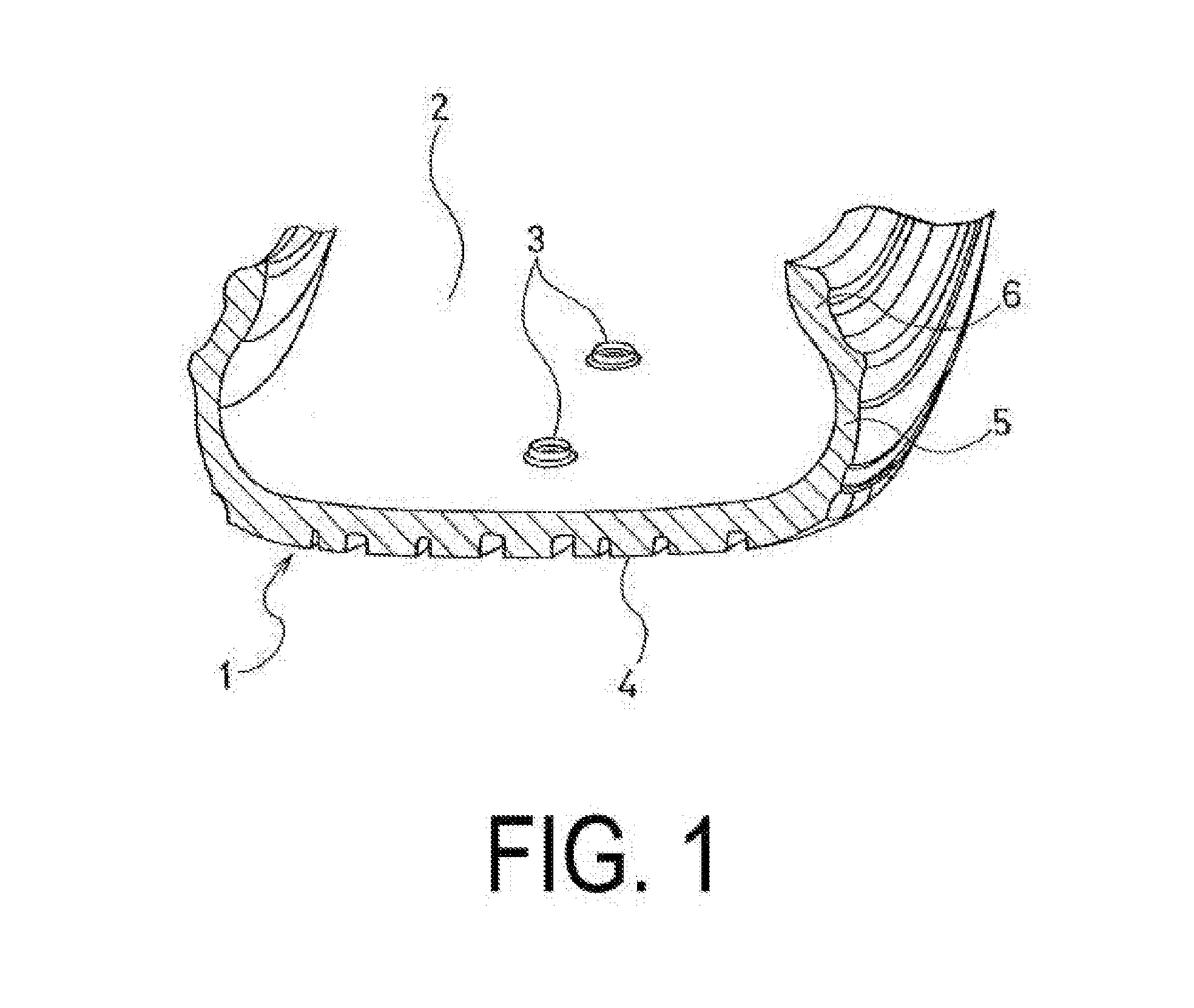Pneumatic Tire and Method of Manufacturing the Same
a technology of pneumatic tires and surface fasteners, which is applied in the field of pneumatic tires, can solve the problems of deterioration and/or decline of the engagement force of an entire surface fastener accompanying the occurrence and progression of partial physical deterioration, and achieve the effects of preventing damage to and failure of tires during storage, facilitating the effective action of pressure, and increasing effectiveness
- Summary
- Abstract
- Description
- Claims
- Application Information
AI Technical Summary
Benefits of technology
Problems solved by technology
Method used
Image
Examples
examples
[0091]Below, the pneumatic tire and the method of manufacturing a pneumatic tire of the present technology based on working examples are explained.
[0092]Note that in the present technology, the fixing strength of the mechanical fastener member is measured by the following method.
[0093](a) Method of Measuring the Fixing Strength of the Mechanical Fastener Member
[0094]A green tire in which the mechanical fastener member 3 is disposed is vulcanized to manufacture a tire according to the present technology. Then, a portion of the tire around the mechanical fastener member 3 is cut out, which is a test sample S (see FIG. 12A). A pair of holes 14 (see FIG. 13A) is opened in the mechanical fastener member 3 in the test sample and a rod shaped piercing jig 15 is passed through the pair of holes 14. A shaft shaped jig for a tensile test 16 is attached to the test sample via the piercing jig 15 (see FIG. 13B). The shaft shaped jig for a tensile test 16 has the configuration illustrated in the...
PUM
| Property | Measurement | Unit |
|---|---|---|
| diameter | aaaaa | aaaaa |
| diameter | aaaaa | aaaaa |
| diameter | aaaaa | aaaaa |
Abstract
Description
Claims
Application Information
 Login to View More
Login to View More - R&D
- Intellectual Property
- Life Sciences
- Materials
- Tech Scout
- Unparalleled Data Quality
- Higher Quality Content
- 60% Fewer Hallucinations
Browse by: Latest US Patents, China's latest patents, Technical Efficacy Thesaurus, Application Domain, Technology Topic, Popular Technical Reports.
© 2025 PatSnap. All rights reserved.Legal|Privacy policy|Modern Slavery Act Transparency Statement|Sitemap|About US| Contact US: help@patsnap.com



